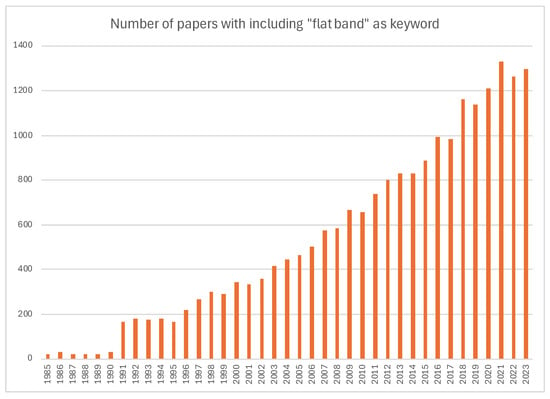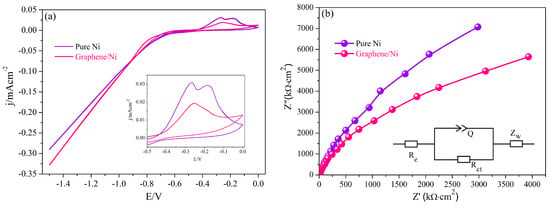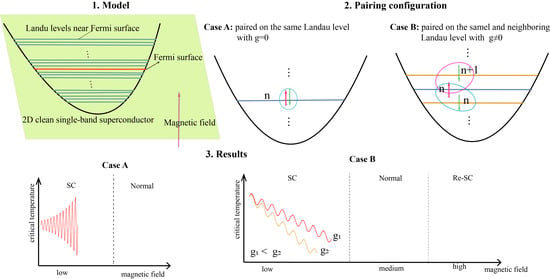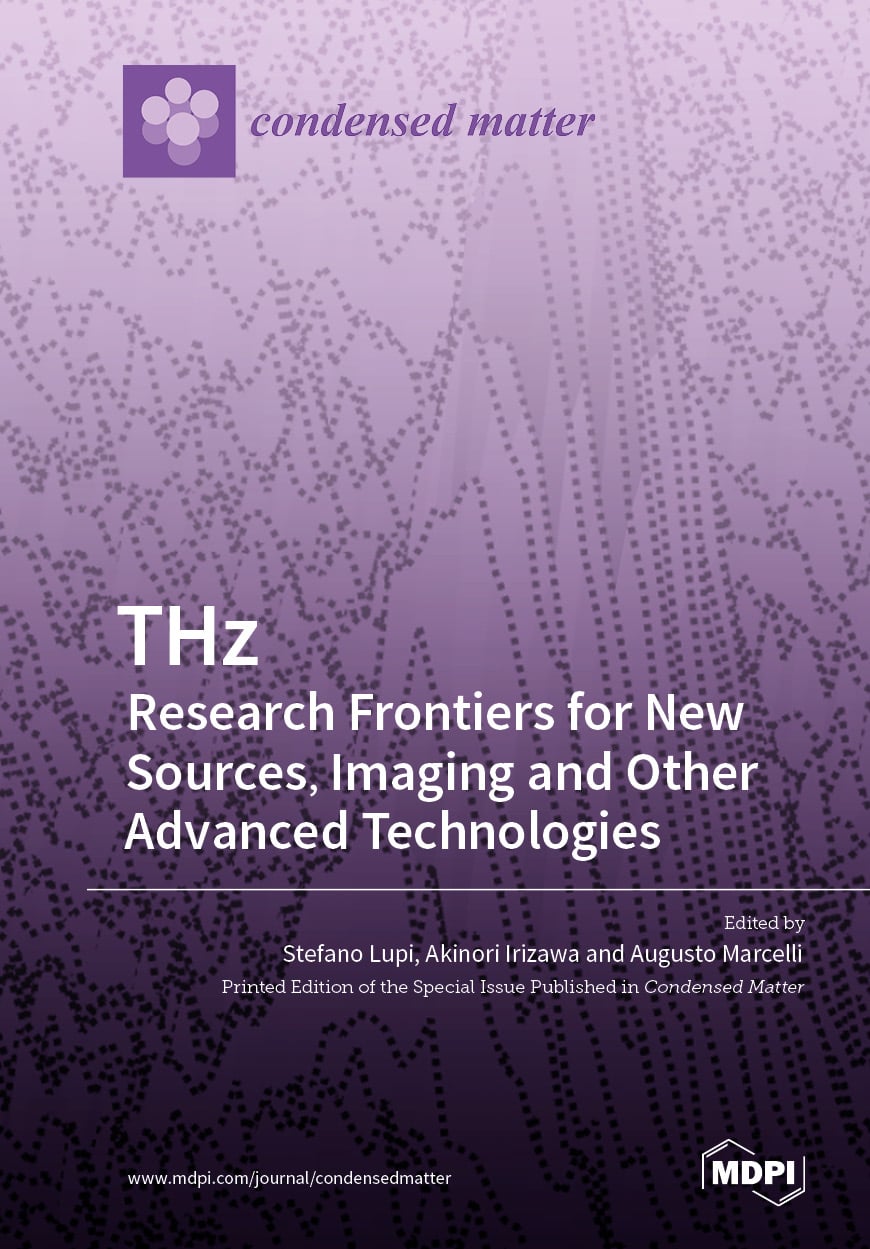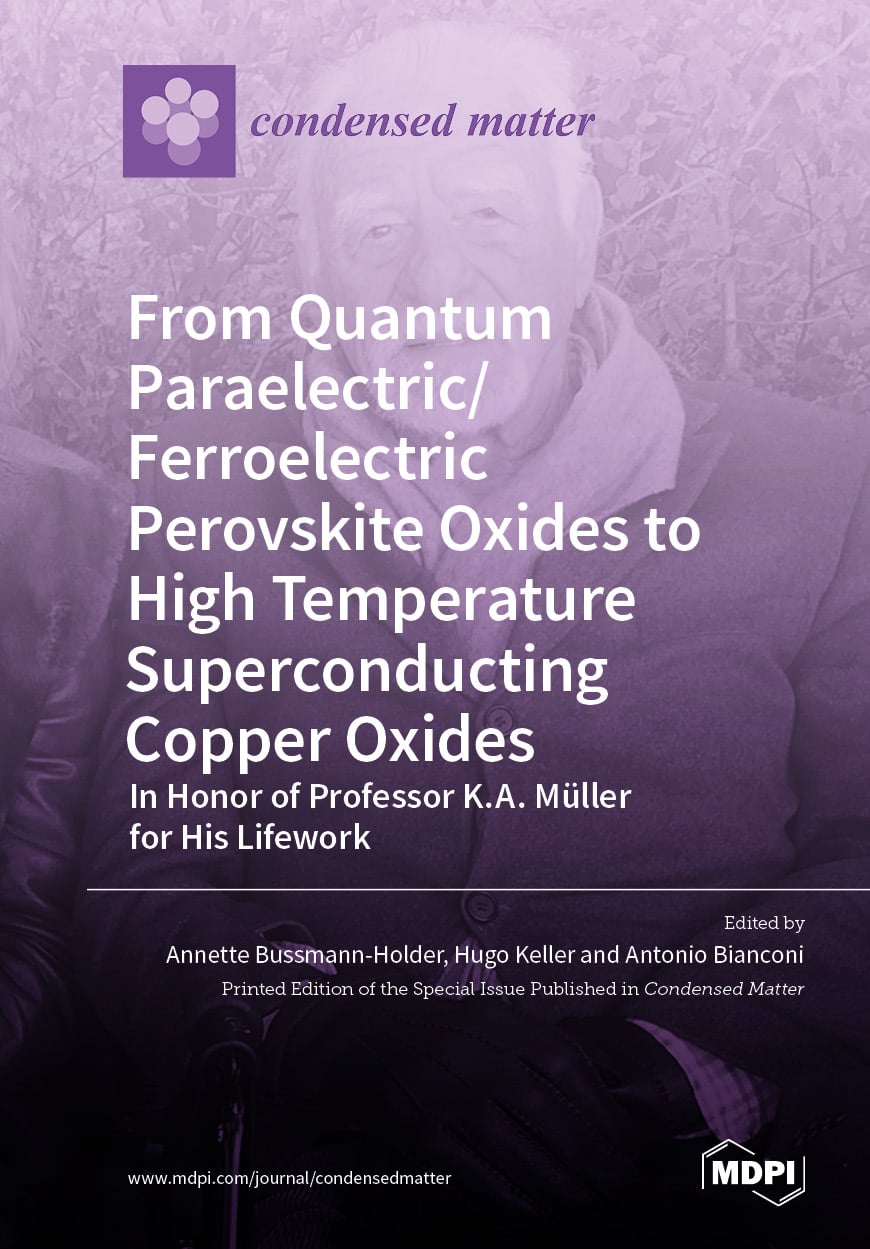- Feature Paper
- Review
Flat electronic bands, characterized by a nearly dispersionless energy spectrum, have emerged as fertile ground for exploring strong correlation effects, unconventional magnetism, and topological phases. This review paper provides an overview of the theoretical basis, material realization, and emergent phenomena associated with flat bands. We begin by discussing the geometric and topological origins of flat bands in lattice systems, emphasizing mechanisms such as destructive interference and compact localized states. We will also explain the relationship between quantum metrics and flat bands, which are recent theoretical findings. We then survey various classes of materials—ranging from engineered lattices and Moiré structures to transition metal compounds—where flat bands have been theoretically predicted or experimentally observed. The interplay between flat-band physics and strong correlations is explored through recent developments in ferromagnetism, superconductivity, and various Hall effects. Finally, we outline open questions and potential directions for future research, including the quest for ideal flat-band systems, the role of spin–orbit coupling, and the impact of disorder. This review aims to bridge fundamental concepts with cutting-edge advances, highlighting the rich physics and material prospects of flat bands.
5 December 2025


